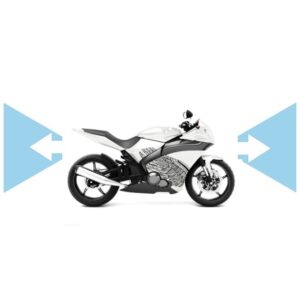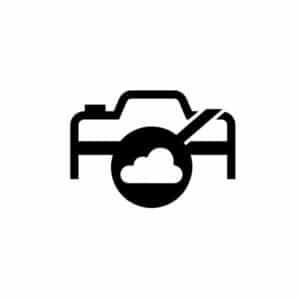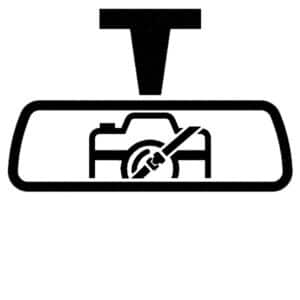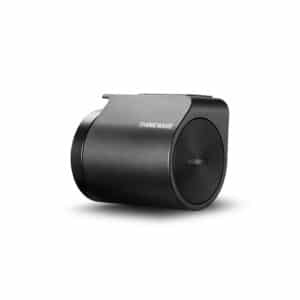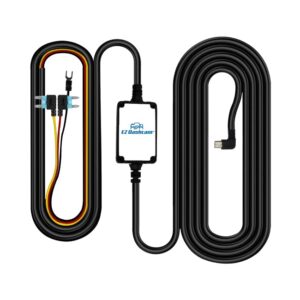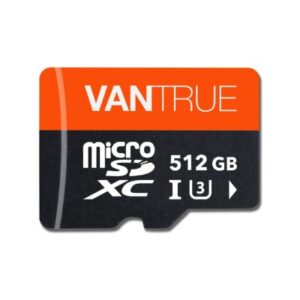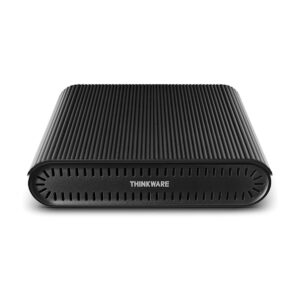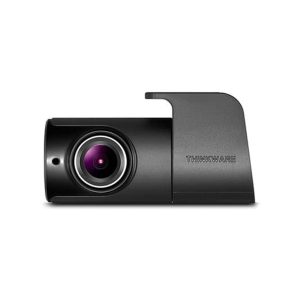Dash Cam World
How to Use Dashcam Footage for an Insurance Claim: A Step-by-Step Guide
How to Use Dashcam Footage for an Insurance Claim: A Step-by-Step Guide
In today’s world, dashcams have become indispensable tools for drivers, providing a reliable way to record road incidents. One of the most significant benefits of having a dashcam is its ability to support insurance claims. Dashcam footage can provide clear, unbiased evidence to expedite the claims process and ensure fair settlements. This blog will guide you through the steps of using dashcam footage for an insurance claim.
Why Dashcam Footage is Valuable for Insurance Claims
Dashcam footage can be crucial in various scenarios, such as:
- Accurate Accident Reconstruction: Provides a clear account of the incident, helping to establish the sequence of events and determine fault.
- Protection Against Fraud: Helps expose fraudulent claims, such as staged accidents or exaggerated damages.
- Efficient Claims Processing: Speeds up the investigation process, leading to quicker resolutions and settlements.
- Objective Evidence: Offers unbiased, factual documentation that can support your version of events.
Steps to Use Dashcam Footage for an Insurance Claim
- Ensure Your Dashcam is Properly Set Up:
- High-Quality Recording: Use a dashcam that records in high resolution (at least 1080p) for clear and detailed footage.
- Correct Time and Date: Ensure your dashcam is set to the correct time and date to provide accurate context for the footage.
- Wide-Angle Lens: Choose a dashcam with a wide-angle lens (120 degrees or more) for comprehensive coverage of the road.
- Night Vision: Opt for a dashcam with night vision capabilities to capture clear footage in low-light conditions.
- Immediately After an Accident:
- Check for Injuries: Ensure everyone involved is safe and seek medical assistance if needed.
- Contact Authorities: Call the police to report the accident and obtain an official report.
- Secure Your Dashcam: If your dashcam uses removable storage, carefully remove the memory card to prevent accidental overwriting or damage to the footage.
- Review and Save the Footage:
- Watch the Footage: Review the recorded footage to ensure it captures the entire incident clearly.
- Save Multiple Copies: Save the footage to your computer and an external storage device, such as a USB drive or cloud storage, to prevent loss.
- Inform Your Insurance Company:
- Report the Incident: Contact your insurance company as soon as possible to report the accident.
- Provide Details: Give a detailed account of the incident, including the date, time, location, and any other relevant information.
- Submit the Dashcam Footage:
- Follow Instructions: Your insurance company will provide instructions on how to submit the footage. This may involve uploading the video to a secure portal, sending a copy via email, or delivering it in person.
- Include Context: When submitting the footage, include a brief description of the incident and point out key moments in the video that support your claim.
- Cooperate with the Investigation:
- Provide Additional Information: Be prepared to provide additional information or documentation if requested by your insurance company.
- Stay Accessible: Keep your contact information up to date and be available for any follow-up questions or interviews.
- Follow Up:
- Check on Progress: Regularly check the status of your claim and inquire about any additional steps you may need to take.
- Be Patient: The claims process can take time, especially if the incident involves multiple parties or complex circumstances.
Tips for Effective Use of Dashcam Footage
- Maintain Your Dashcam: Regularly check and maintain your dashcam to ensure it is functioning correctly. Update the firmware as needed.
- Know the Legal Requirements: Be aware of local laws regarding dashcam use and recording, especially concerning audio recording and privacy regulations.
- Drive Safely: Always adhere to traffic laws and drive safely. Dashcam footage is most effective when it supports a clear, lawful account of the incident.
Conclusion
Dashcam footage can be a game-changer when it comes to filing an insurance claim. By providing clear, objective evidence, it helps streamline the claims process, protect against fraud, and ensure fair settlements. Following the steps outlined in this guide, you can effectively use your dashcam footage to support your insurance claim and navigate the process with confidence. Investing in a quality dashcam and using it correctly can provide peace of mind and invaluable protection on the road.









